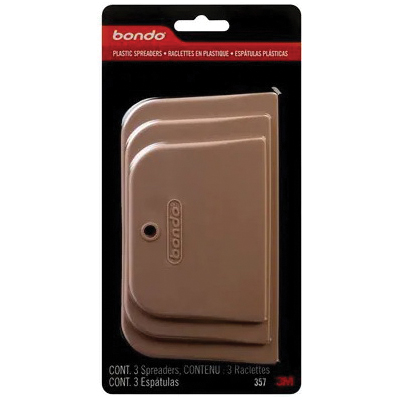sebr023
Member
Hi all!
I’m building 6 speaker for my home theater.
I will build the bookshelf speaker a stand each.
I designed the whole thing to look like this:

It will be painted 3/4 mdf.
The stands are made like this:
-single 8x10 plate,
-3/4 inch for a round over
-Legs: 2 laminated piece of 3/4, 6x22 inch long piece.
-3/4 inch plate for round over,
-2 thickness of 3/4 10x12in.
I’m not quite sure how I would do this part:


Note that the vertical legs have a round over, and between the leg and the base plate there’s a round over.
Hopefully it come across clearly on the pictures.



So yeah, how would you guys tackle this?
I’m planning on using domino to joint everything together.
I also have a 3d printer if it’s easier to come up with a solution.
I’m building 6 speaker for my home theater.
I will build the bookshelf speaker a stand each.
I designed the whole thing to look like this:

It will be painted 3/4 mdf.
The stands are made like this:
-single 8x10 plate,
-3/4 inch for a round over
-Legs: 2 laminated piece of 3/4, 6x22 inch long piece.
-3/4 inch plate for round over,
-2 thickness of 3/4 10x12in.
I’m not quite sure how I would do this part:


Note that the vertical legs have a round over, and between the leg and the base plate there’s a round over.
Hopefully it come across clearly on the pictures.



So yeah, how would you guys tackle this?
I’m planning on using domino to joint everything together.
I also have a 3d printer if it’s easier to come up with a solution.








